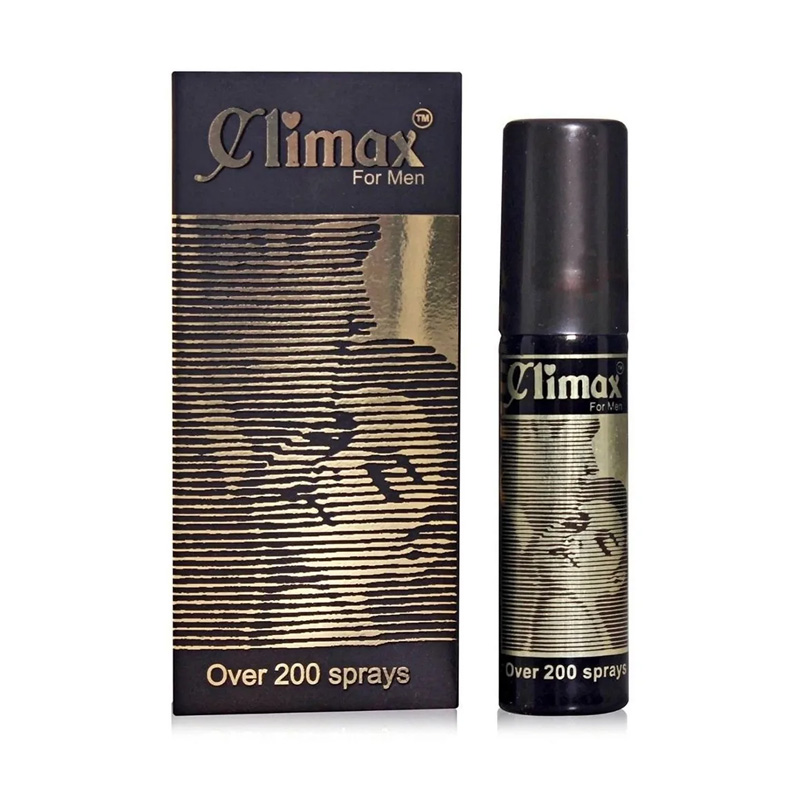Climax Men: The Ultimate Guide to Male Orgasms
What are the different types of male orgasms? How do they occur and what are the disorders associated with them? Get the answers to these and more questions about male climax.
The Anatomy of Male Orgasm
Contrary to popular belief, a male orgasm is not simply the ejaculation of semen. In fact, orgasm and ejaculation are two separate physiological processes that can occur independently of each other. An orgasm is the intense pleasurable sensation that results from the release of sexual tension, while ejaculation is the expulsion of semen from the penis.
The male orgasm is initiated by the stimulation of the penis, which triggers a series of muscular contractions in the reproductive organs and other parts of the body. These contractions lead to the release of neurotransmitters and hormones like dopamine and oxytocin, which create the sensation of pleasure and the feeling of release.
Types of Male Orgasms
There are several different types of male orgasms, each with its own unique characteristics:
- Ejaculatory Orgasm: This is the most common type of male orgasm, where the contraction of the pelvic muscles leads to the ejaculation of semen from the penis.
- Dry Orgasm: In this type of orgasm, the man experiences the pleasurable sensations of an orgasm without the ejaculation of semen. This can happen due to certain medical conditions or as a result of intentional “edging” techniques during masturbation or sex.
- Multiple Orgasms: Some men are able to experience multiple orgasms in a single session, either with or without ejaculation. This requires the ability to prolong the period of high arousal before climaxing.
- Prostate Orgasm: Stimulation of the prostate gland, either through the rectum or by using a sex toy, can lead to a highly intense, full-body orgasm that is often described as more powerful than a regular ejaculatory orgasm.
- Nipple Orgasm: Stimulation of the nipples can also trigger orgasmic sensations in some men, as the nipples are connected to the brain’s genital sensory cortex.

The Phases of Male Orgasm
The male orgasmic response can be divided into four distinct phases:
- Excitement Phase: During this phase, the man becomes sexually aroused, and the penis begins to become erect. Blood flow to the penis increases, and the individual may experience increased heart rate and blood pressure.
- Plateau Phase: In this phase, the man’s sexual arousal continues to build, and the sensations of pleasure become more intense. The muscles in the penis, rectum, and pelvic floor begin to contract in preparation for orgasm.
- Orgasmic Phase: This is the climax of the sexual response, where the man experiences the intense pleasurable sensations of orgasm. The pelvic muscles contract rhythmically, and semen is ejaculated from the penis.
- Resolution Phase: After orgasm, the man’s body returns to its unaroused state. The penis becomes flaccid, and the individual experiences a refractory period, during which they are unable to immediately become aroused again.
Disorders and Dysfunctions Related to Male Orgasm
While the male orgasmic response is generally a natural and pleasurable experience, there are some disorders and dysfunctions that can affect it:
- Premature Ejaculation: This is the most common sexual dysfunction in men, where the individual ejaculates sooner than desired, often before or shortly after penetration.
- Delayed Ejaculation: In this condition, the man has difficulty reaching orgasm and ejaculating, even with adequate stimulation.
- Anorgasmia: This is the inability to achieve orgasm, despite being sexually aroused and receiving adequate stimulation.
- Retrograde Ejaculation: In this condition, the semen is forced back into the bladder instead of being expelled through the urethra during ejaculation.
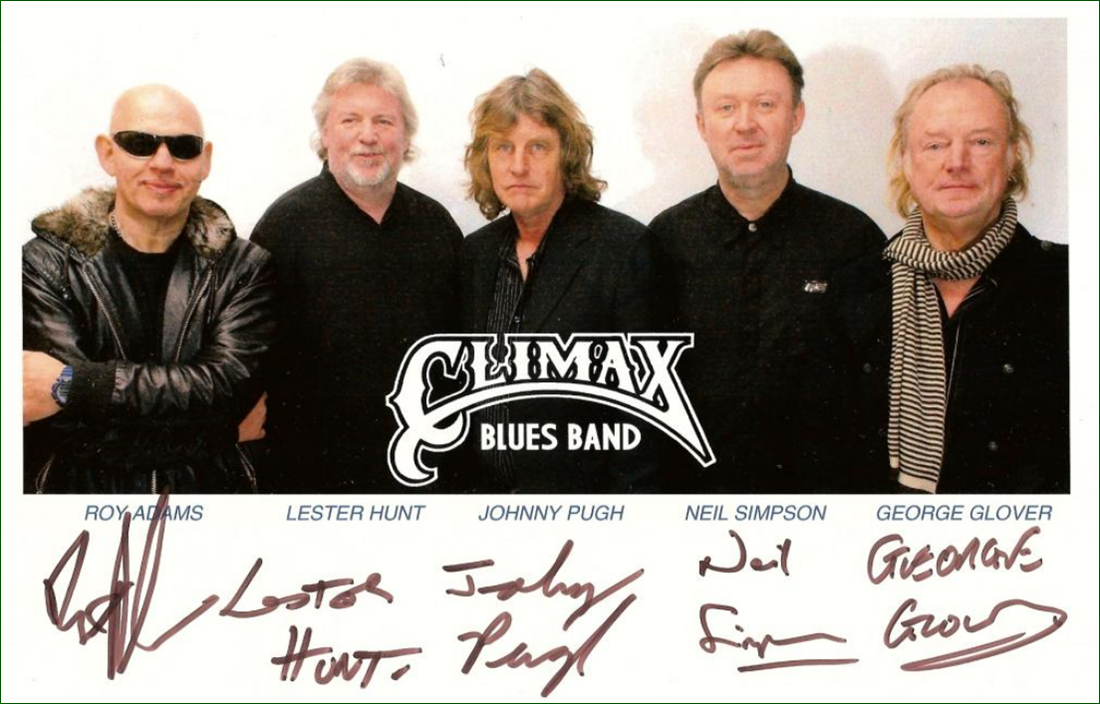
Enhancing Male Orgasms
If you’re looking to improve the intensity and duration of your orgasms, there are several techniques and methods you can try:
- Edging: This technique involves bringing yourself close to the point of orgasm and then backing off, repeating this process several times before finally allowing yourself to climax. This can help prolong the build-up to orgasm and create a more intense release.
- Kegel Exercises: Strengthening the pelvic floor muscles through Kegel exercises can help improve the intensity of your orgasms by increasing the strength of the muscular contractions during climax.
- Prostate Stimulation: Stimulating the prostate gland, either through the anus or with a sex toy, can lead to incredibly intense, full-body orgasms.
- Nipple Stimulation: Experimenting with nipple stimulation, either alone or with a partner, can also help trigger pleasurable orgasmic sensations.
- Varied Techniques: Trying different masturbation techniques, such as the “Stranger” method or using sex toys, can help keep things interesting and potentially lead to more intense orgasms.

The Role of Hormones and Neurotransmitters
The male orgasmic response is mediated by a complex interplay of hormones and neurotransmitters. Dopamine, serotonin, and oxytocin are all key players in the orgasmic process, contributing to the feelings of pleasure, relaxation, and emotional intimacy associated with climax.
Testosterone is also an important factor, as it helps maintain sexual desire and function. Imbalances in these hormones and neurotransmitters can contribute to various sexual dysfunctions, such as delayed ejaculation or anorgasmia.
Conclusion
The male orgasm is a complex and multifaceted physiological process that involves a variety of different types and phases. While the ejaculatory orgasm is the most common, there are several other types of orgasms that men can experience, each with its own unique characteristics and sensations.
By understanding the anatomy and physiology of male orgasm, as well as the potential disorders and dysfunctions that can affect it, individuals can work to enhance their sexual experiences and address any issues that may arise. With the right techniques and a little experimentation, men can discover new and more intense ways to achieve orgasmic pleasure.

13 FAQs About Types, Phases, Disorders, and More
We include products we think are useful for our readers. If you buy through links on this page, we may earn a small commission Here’s our process.
Healthline only shows you brands and products that we stand behind.
Our team thoroughly researches and evaluates the recommendations we make on our site. To establish that the product manufacturers addressed safety and efficacy standards, we:
- Evaluate ingredients and composition: Do they have the potential to cause harm?
- Fact-check all health claims: Do they align with the current body of scientific evidence?
- Assess the brand: Does it operate with integrity and adhere to industry best practices?
We do the research so you can find trusted products for your health and wellness.
Read more about our vetting process.
Was this helpful?
No, it’s an all-encompassing term for any kind of orgasm related to male genitalia.
It could be ejaculatory or non-ejaculatory, or even a mix of both! That’s right, you may be able to have multiple orgasms in one session.
All that said, your genitalia isn’t your only option when it comes to achieving the big O.
Read on for tips on where to touch, how to move, why it works, and more.
Orgasm and ejaculation often happen simultaneously, but they’re actually two separate events that don’t necessarily have to happen at the same time.
If your pleasure mounts and you shoot — or dribble — semen from your penis, then you’ve had an ejaculatory orgasm.
Try this
Here’s a doozy from our Masturbation Guide called “The Stranger.”
To give it go: Sit on your dominant hand until it falls asleep, then use it to masturbate with. It’ll feel like someone else is doing the job.
Again, you don’t need to expel semen to have an orgasm.
Not everyone ejaculates with orgasm, and even those that do may not ejaculate every time.
This is also referred to as a dry orgasm.
Unless you and your partner are trying to conceive — in which case you should see a doctor — dry orgasms are usually harmless and just as enjoyable as an ejaculatory orgasm.
Try this
Make some noise. We know that masturbation is often quick and quiet. There’s nothing wrong with a discreet quickie, but letting loose and making all the noise that comes naturally can be freeing.
Get into it and let out every moan and groan your body wants to — just be sure to save this one for an empty house or company that’ll enjoy the sound show.
Though not as common for someone with a penis, multiple orgasms are possible. And who doesn’t like a challenge?
Try this
The key to multiple orgasms may be in learning to extend the period of high arousal before you come.
Masturbate almost to the point of orgasm and change the stimulation by switching hands or rhythm, or breathing slower.
When the urge to come subsides, bring yourself to the edge again, and then back down again using the techniques we just described.
Chances are that if you have multiple orgasms, you’ll experience a mix of ejaculatory and non-ejaculatory orgasms.
Try this
Try sex toys to change things up and practice prolonging your level of high arousal as described above. You can find all kinds of sex toys online, each offering up different sensations.
Some common options are:
- Fleshlights
- pocket strokers
- vibrating cock rings
Your penis doesn’t have all the power when it comes to orgasm — your body’s loaded with pleasure points that are just waiting to get you off.
Prostate
Your prostate is the way to an intense, full-body orgasm. This walnut-sized gland is located between your penis and bladder, just behind your rectum.
You can access it by inserting a finger or sex toy in your anus.
Try this: Start by slowly rubbing the outside and inside of your anal opening with your finger. Insert your finger and massage your prostate, slowing increasing your speed as your pleasure builds.
If you’d rather not use your finger, there are plenty of toys you — or a partner — can try. Shop now for anal sex toys.
Nipple
Nipples are full of nerve endings. They’re also connected to the brain’s genital sensory cortex, so almost anyone can get pleasure from their nipples.
Nipple orgasms are said to sneak up on you and then send pleasure shooting through your whole body.
Try this: If you’re flying solo, get comfortable and let your mind wander to whatever gets your juices flowing. Use your hands to rub your chest and nipples to find what feels good and then keep at it.
For partner play, have them use their hands, lips, and tongue to caress, flick, pinch, and lick the area.
Erogenous
Your body is full of erogenous zones that go beyond the obvious ones we’ve just covered. These are sensitive spots on your body that lead to some serious arousal and possibly a full-body orgasm when touched just right.
Try this: Get comfortable and begin touching yourself starting at your scalp and working your way down, lingering on any parts that feel especially amazing.
Increase your speed and pressure as your pleasure intensifies. If you can’t take yourself over the edge like that, let one hand head south for a hand job while the other keeps pleasuring the rest of your body.
Stumped about the male G-spot? That’s because what’s often referred to as the male G-spot is actually the prostate.
We’ve already covered how to find it via your anus, but you can actually stimulate it indirectly by massaging your perineum.
Also known as the taint, the perineum is the landing strip of skin between your balls and your anus.
A finger, a tongue, or a vibrating toy over the perineum can all work magic on the prostate.
Most people refer to ejaculation and orgasm as one in the same, but they are actually two separate physiological events.
Orgasm includes the pelvic contractions and intense pleasure and release you feel when you come. Ejaculation is the expulsion of semen from the penis.
An orgasm is just part of the sexual response cycle, which happens in stages. Every body is different, so the duration, intensity, and even order of the stages can vary from one person to another.
Every body is different, so the duration, intensity, and even order of the stages can vary from one person to another.
Excitement
The excitement phase is the kick-off to the sexual response cycle. It can be triggered by thoughts, touch, images, or other stimuli depending on what turns you on.
During this phase your heart rate and breathing speed up, your blood pressure increases, and increased blood flow to the genitals causes an erection.
Plateau
This is an intensified version of the excitement phase, during which your penis and testicles continue to increase in size.
Orgasm
This is when your pleasure peaks and releases. It can last from a few seconds to a few minutes. If you’re going to ejaculate, this is when it usually happens.
Resolution and refraction
During the resolution phase, your body begins to return to an unaroused state. Your erection gradually subsides, your muscles relax, and you feel drowsy and relaxed.
Some people go through refractory period after orgasm, during which you may not be able to get an erection or have an orgasm. Further stimulation may feel too sensitive or even painful.
Further stimulation may feel too sensitive or even painful.
Turns out there isn’t much difference. Both experience increased heart rate and blood flow to the genitals. Ejaculation is also possible for some.
Where they differ is in duration and recovery. For example, “female” orgasm can last up to around 20 seconds longer.
Individuals who have a vagina are less likely to experience a refractory period, so they may be more likely to have more orgasms if stimulated again.
Absolutely! Here are some things you can try.
Edging
Also called orgasm control, edging involves maintaining a high level of arousal for a longer period by holding off your orgasm.
To do this, stimulate yourself until you feel like you want to come and then change the stimulation until the urge to come subsides.
Pelvic floor exercises
Pelvic floor exercises, such as Kegels, help strengthen your pelvic floor muscles, which may improve orgasm control.
To do this, tense the same muscles you would to stop from passing urine. Hold for three seconds, then release for three seconds, and repeat 10 times.
Hold for three seconds, then release for three seconds, and repeat 10 times.
Do this every day, building up to holding for 10 seconds.
Breathing exercises
Learning to slow and focus on your breathing plays an important role in the practice of tantric sex, which is all about maximizing pleasure.
Zeroing in on your breathing while masturbating or having sex can intensify sensation.
Take slow deep breaths as you become aroused to help keep you in that state of high arousal longer for a more powerful orgasm.
Lifestyle factors, your mental health, and other medical conditions are just some of the things that can affect your ability to orgasm.
These include:
- Premature ejaculation. Ejaculation that occurs sooner than you want is premature ejaculation. The main symptom is a regular inability to control ejaculation for more than a minute after penetration. Psychological factors, certain medications, and hormonal imbalances can cause it.

- Retrograde ejaculation. Retrograde ejaculation occurs when the muscles that help expel ejaculate from the penis fail, causing the ejaculate to end up in the bladder. The most common symptom is very little or no semen when you orgasm. It can be caused by nerve damage due to diabetes and other conditions. Certain medications and surgical procedures can also cause it.
- Anorgasmia. Also called orgasmic dysfunction, this occurs when a person has difficulty having an orgasm or has unsatisfying orgasms. Psychological, emotional, and physical factors can cause it.
- Alcohol or substance use. Drinking too much alcohol can make it difficult to orgasm. Smoking marijuana and using other drugs can also cause it.
- Depression, stress, and anxiety. It can be hard to get aroused enough to have an orgasm if you’re dealing with stress, anxiety, or depression. Fatigue, trouble concentrating, and feeling sad or overwhelmed are common symptoms.

Orgasms aren’t the same for everyone, and what makes one person climax won’t necessarily work for another.
If you have concerns or feel like you’re having trouble climaxing, talk to a doctor or sexual health specialist.
They can answer any questions you may have and may be able to make some recommendations.
13 FAQs About Types, Phases, Disorders, and More
We include products we think are useful for our readers. If you buy through links on this page, we may earn a small commission Here’s our process.
Healthline only shows you brands and products that we stand behind.
Our team thoroughly researches and evaluates the recommendations we make on our site. To establish that the product manufacturers addressed safety and efficacy standards, we:
- Evaluate ingredients and composition: Do they have the potential to cause harm?
- Fact-check all health claims: Do they align with the current body of scientific evidence?
- Assess the brand: Does it operate with integrity and adhere to industry best practices?
We do the research so you can find trusted products for your health and wellness.
Read more about our vetting process.
Was this helpful?
No, it’s an all-encompassing term for any kind of orgasm related to male genitalia.
It could be ejaculatory or non-ejaculatory, or even a mix of both! That’s right, you may be able to have multiple orgasms in one session.
All that said, your genitalia isn’t your only option when it comes to achieving the big O.
Read on for tips on where to touch, how to move, why it works, and more.
Orgasm and ejaculation often happen simultaneously, but they’re actually two separate events that don’t necessarily have to happen at the same time.
If your pleasure mounts and you shoot — or dribble — semen from your penis, then you’ve had an ejaculatory orgasm.
Try this
Here’s a doozy from our Masturbation Guide called “The Stranger.”
To give it go: Sit on your dominant hand until it falls asleep, then use it to masturbate with. It’ll feel like someone else is doing the job.
Again, you don’t need to expel semen to have an orgasm.
Not everyone ejaculates with orgasm, and even those that do may not ejaculate every time.
This is also referred to as a dry orgasm.
Unless you and your partner are trying to conceive — in which case you should see a doctor — dry orgasms are usually harmless and just as enjoyable as an ejaculatory orgasm.
Try this
Make some noise. We know that masturbation is often quick and quiet. There’s nothing wrong with a discreet quickie, but letting loose and making all the noise that comes naturally can be freeing.
Get into it and let out every moan and groan your body wants to — just be sure to save this one for an empty house or company that’ll enjoy the sound show.
Though not as common for someone with a penis, multiple orgasms are possible. And who doesn’t like a challenge?
Try this
The key to multiple orgasms may be in learning to extend the period of high arousal before you come.
Masturbate almost to the point of orgasm and change the stimulation by switching hands or rhythm, or breathing slower.
When the urge to come subsides, bring yourself to the edge again, and then back down again using the techniques we just described.
Chances are that if you have multiple orgasms, you’ll experience a mix of ejaculatory and non-ejaculatory orgasms.
Try this
Try sex toys to change things up and practice prolonging your level of high arousal as described above. You can find all kinds of sex toys online, each offering up different sensations.
Some common options are:
- Fleshlights
- pocket strokers
- vibrating cock rings
Your penis doesn’t have all the power when it comes to orgasm — your body’s loaded with pleasure points that are just waiting to get you off.
Prostate
Your prostate is the way to an intense, full-body orgasm. This walnut-sized gland is located between your penis and bladder, just behind your rectum.
You can access it by inserting a finger or sex toy in your anus.
Try this: Start by slowly rubbing the outside and inside of your anal opening with your finger.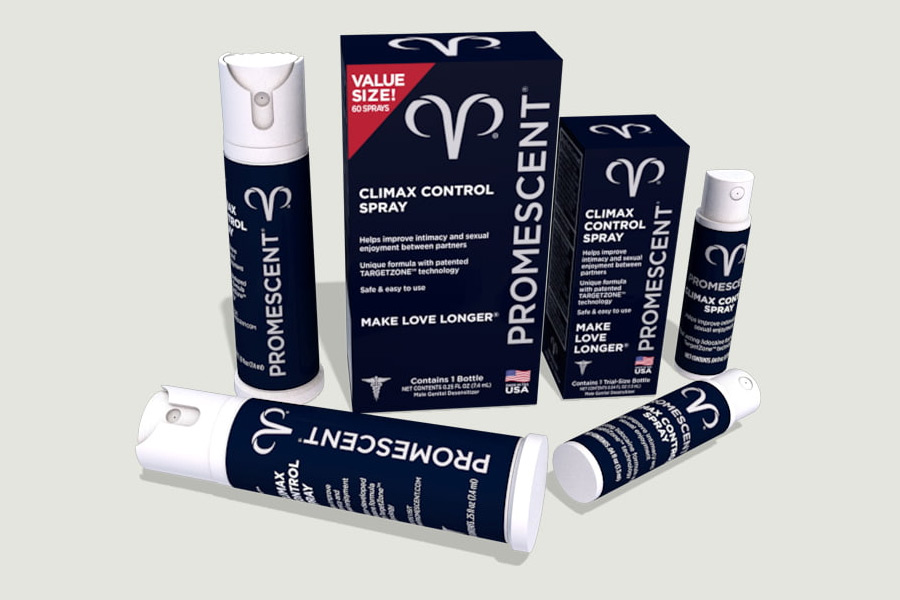 Insert your finger and massage your prostate, slowing increasing your speed as your pleasure builds.
Insert your finger and massage your prostate, slowing increasing your speed as your pleasure builds.
If you’d rather not use your finger, there are plenty of toys you — or a partner — can try. Shop now for anal sex toys.
Nipple
Nipples are full of nerve endings. They’re also connected to the brain’s genital sensory cortex, so almost anyone can get pleasure from their nipples.
Nipple orgasms are said to sneak up on you and then send pleasure shooting through your whole body.
Try this: If you’re flying solo, get comfortable and let your mind wander to whatever gets your juices flowing. Use your hands to rub your chest and nipples to find what feels good and then keep at it.
For partner play, have them use their hands, lips, and tongue to caress, flick, pinch, and lick the area.
Erogenous
Your body is full of erogenous zones that go beyond the obvious ones we’ve just covered. These are sensitive spots on your body that lead to some serious arousal and possibly a full-body orgasm when touched just right.
Try this: Get comfortable and begin touching yourself starting at your scalp and working your way down, lingering on any parts that feel especially amazing.
Increase your speed and pressure as your pleasure intensifies. If you can’t take yourself over the edge like that, let one hand head south for a hand job while the other keeps pleasuring the rest of your body.
Stumped about the male G-spot? That’s because what’s often referred to as the male G-spot is actually the prostate.
We’ve already covered how to find it via your anus, but you can actually stimulate it indirectly by massaging your perineum.
Also known as the taint, the perineum is the landing strip of skin between your balls and your anus.
A finger, a tongue, or a vibrating toy over the perineum can all work magic on the prostate.
Most people refer to ejaculation and orgasm as one in the same, but they are actually two separate physiological events.
Orgasm includes the pelvic contractions and intense pleasure and release you feel when you come.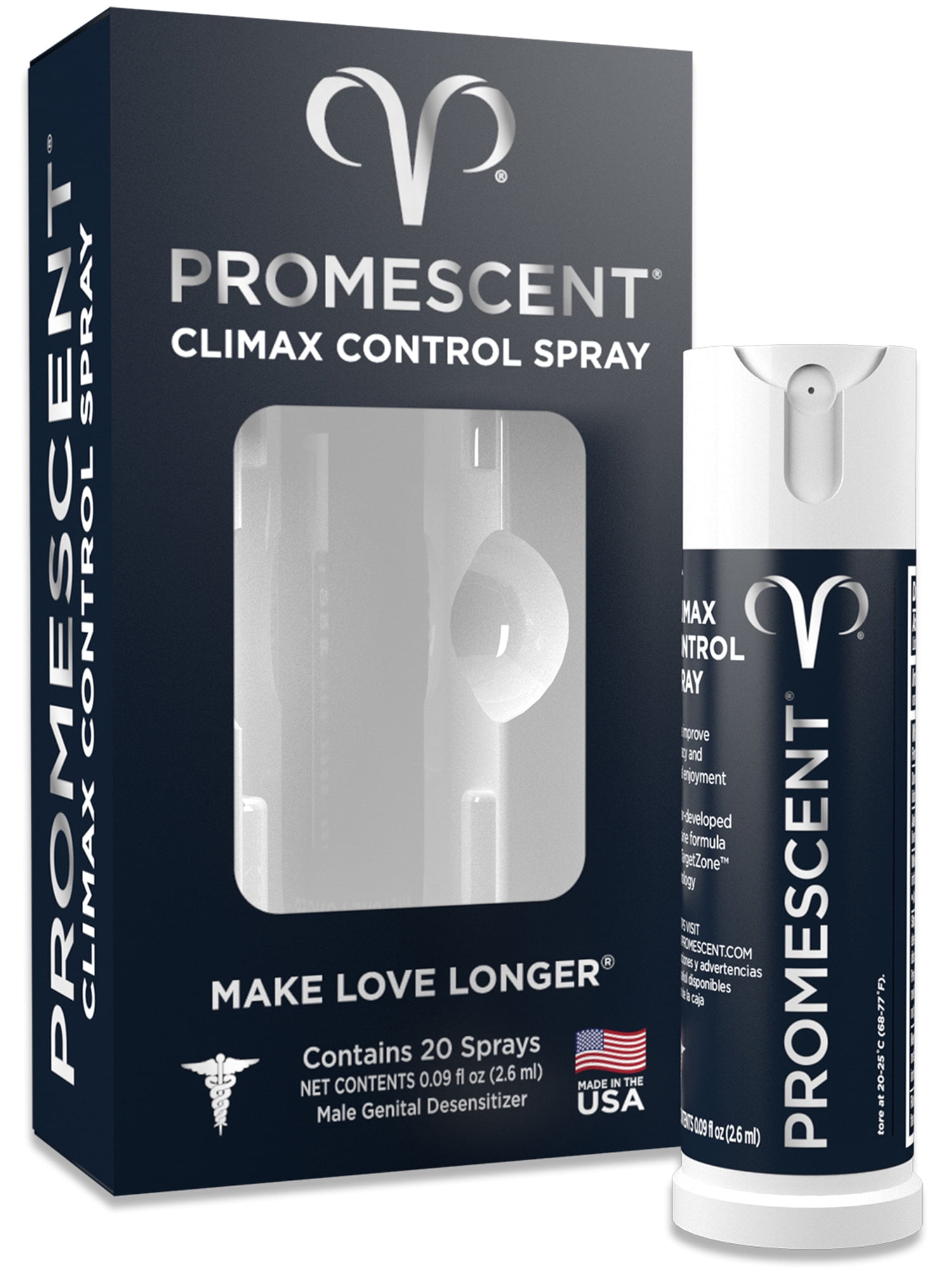 Ejaculation is the expulsion of semen from the penis.
Ejaculation is the expulsion of semen from the penis.
An orgasm is just part of the sexual response cycle, which happens in stages. Every body is different, so the duration, intensity, and even order of the stages can vary from one person to another.
Excitement
The excitement phase is the kick-off to the sexual response cycle. It can be triggered by thoughts, touch, images, or other stimuli depending on what turns you on.
During this phase your heart rate and breathing speed up, your blood pressure increases, and increased blood flow to the genitals causes an erection.
Plateau
This is an intensified version of the excitement phase, during which your penis and testicles continue to increase in size.
Orgasm
This is when your pleasure peaks and releases. It can last from a few seconds to a few minutes. If you’re going to ejaculate, this is when it usually happens.
Resolution and refraction
During the resolution phase, your body begins to return to an unaroused state. Your erection gradually subsides, your muscles relax, and you feel drowsy and relaxed.
Your erection gradually subsides, your muscles relax, and you feel drowsy and relaxed.
Some people go through refractory period after orgasm, during which you may not be able to get an erection or have an orgasm. Further stimulation may feel too sensitive or even painful.
Turns out there isn’t much difference. Both experience increased heart rate and blood flow to the genitals. Ejaculation is also possible for some.
Where they differ is in duration and recovery. For example, “female” orgasm can last up to around 20 seconds longer.
Individuals who have a vagina are less likely to experience a refractory period, so they may be more likely to have more orgasms if stimulated again.
Absolutely! Here are some things you can try.
Edging
Also called orgasm control, edging involves maintaining a high level of arousal for a longer period by holding off your orgasm.
To do this, stimulate yourself until you feel like you want to come and then change the stimulation until the urge to come subsides.
Pelvic floor exercises
Pelvic floor exercises, such as Kegels, help strengthen your pelvic floor muscles, which may improve orgasm control.
To do this, tense the same muscles you would to stop from passing urine. Hold for three seconds, then release for three seconds, and repeat 10 times.
Do this every day, building up to holding for 10 seconds.
Breathing exercises
Learning to slow and focus on your breathing plays an important role in the practice of tantric sex, which is all about maximizing pleasure.
Zeroing in on your breathing while masturbating or having sex can intensify sensation.
Take slow deep breaths as you become aroused to help keep you in that state of high arousal longer for a more powerful orgasm.
Lifestyle factors, your mental health, and other medical conditions are just some of the things that can affect your ability to orgasm.
These include:
- Premature ejaculation. Ejaculation that occurs sooner than you want is premature ejaculation.
 The main symptom is a regular inability to control ejaculation for more than a minute after penetration. Psychological factors, certain medications, and hormonal imbalances can cause it.
The main symptom is a regular inability to control ejaculation for more than a minute after penetration. Psychological factors, certain medications, and hormonal imbalances can cause it. - Retrograde ejaculation. Retrograde ejaculation occurs when the muscles that help expel ejaculate from the penis fail, causing the ejaculate to end up in the bladder. The most common symptom is very little or no semen when you orgasm. It can be caused by nerve damage due to diabetes and other conditions. Certain medications and surgical procedures can also cause it.
- Anorgasmia. Also called orgasmic dysfunction, this occurs when a person has difficulty having an orgasm or has unsatisfying orgasms. Psychological, emotional, and physical factors can cause it.
- Alcohol or substance use. Drinking too much alcohol can make it difficult to orgasm. Smoking marijuana and using other drugs can also cause it.
- Depression, stress, and anxiety.
 It can be hard to get aroused enough to have an orgasm if you’re dealing with stress, anxiety, or depression. Fatigue, trouble concentrating, and feeling sad or overwhelmed are common symptoms.
It can be hard to get aroused enough to have an orgasm if you’re dealing with stress, anxiety, or depression. Fatigue, trouble concentrating, and feeling sad or overwhelmed are common symptoms.
Orgasms aren’t the same for everyone, and what makes one person climax won’t necessarily work for another.
If you have concerns or feel like you’re having trouble climaxing, talk to a doctor or sexual health specialist.
They can answer any questions you may have and may be able to make some recommendations.
13 symptoms of male menopause
Menopause in men is a natural condition that manifests itself in the form of age-related changes in the level of “male” hormones. This condition is also known as testosterone deficiency, androgen deficiency, and tardive hypogonadism.
Since male hormones are androgens, this condition is sometimes called andropause . At the age of 45-50 years and older, men have a significant decrease in testosterone production compared to their younger years. This is often associated with hypogonadism . Both of these conditions are characterized by a decrease in testosterone production and therefore have similar symptoms.
This is often associated with hypogonadism . Both of these conditions are characterized by a decrease in testosterone production and therefore have similar symptoms.
Testosterone is a hormone produced in the testicles. This hormone not only fuels sexual desire, but also performs a lot of critically important functions for men’s health and appearance. It promotes physical changes during puberty, fuels mental and physical function, maintains muscle mass, and regulates other key functions.
Male menopause is significantly different from female. First, not all men experience this phenomenon. Secondly, it does not prevent men from continuing to perform reproductive functions. However, as a result of a decrease in androgen levels, sexual difficulties may arise.
This standing can cause physical, sexual and psychological problems. They usually show up and get worse with age. These problems may include:
- Drop in energy levels,
- Depression or low mood,
- Decreased or lack of motivation to do anything,
- Self-doubt,
- Difficulty concentrating,
- Insomnia or trouble sleeping,
- Increased body fat percentage, 90 022
- Reduction muscle mass and a feeling of physical weakness,
- Gynecomastia, or breast enlargement due to fat and glandular component,
- Decreased bone density,
- Erectile dysfunction,
- Decreased libido (sex drive),
- Infertility.

Symptoms of male menopause may also include swelling or tenderness of the breasts, decreased testicle size, loss of body hair, and hot flashes. Low testosterone levels have also been linked to the development of osteoporosis. This is a condition in which the bones become weak and brittle.
Before a man reaches puberty, testosterone levels in his body will be low. Then the concentration of this hormone increases with puberty.
Testosterone is responsible for the changes associated with male puberty, such as:
- Muscle growth,
- Body hair growth,
- Deepening of the voice,
- Behavioral changes, 900 22
- Activation of sexual function.
Testosterone levels tend to drop with age. According to the reputable Mayo Medical Center (USA), testosterone levels decline by an average of 1 percent per year after a man turns 30. Some health problems can cause an earlier or more dramatic drop in testosterone levels.
Diagnosis and treatment of male menopause
In order to check the level of testosterone in the body, the doctor prescribes a blood test. He also asks questions that may further indicate the development of this condition. These questions are about symptoms:
- How energetic the man is,
- Whether the motivation to achieve goals has decreased,
- Has the mood deteriorated,
- How much the man maintains sexual function and sexual desire.
The doctor also performs a physical examination, which assesses the general appearance (ratio of muscle and fat mass).
Treatment of menopause in men
If the condition does not cause serious problems and does not disrupt family life, the man will most likely manage his symptoms without treatment. The biggest hurdle is talking to your doctor about your symptoms. Many men are frightened by such conversations, and for some this topic causes severe embarrassment. Not everyone is ready to discuss their sexual problems with a doctor.
Not everyone is ready to discuss their sexual problems with a doctor.
The most effective method of treating male menopause is to maintain a healthy lifestyle. In order to improve well-being and psycho-emotional state, it is necessary:
- Eat healthy food and reduce the caloric content of the diet if a man is overweight.
- Move regularly and lead an active lifestyle – exercise in the gym, outdoors or at home. If you don’t have the time or desire to workout at the gym, just walk a lot. Walk with your wife, children, dog.
- Establish a sleep schedule – it is advisable to go to bed every day before 23:00 and not disturb the sleep schedule on weekends. Sleep 7-8 hours.
- Resist stress – make time for hobbies, meditate and get quality rest.
- Give up bad habits – smoking and alcohol abuse.
A healthy lifestyle brings undeniable benefits to all men – including those who have not been affected by andropause. After adopting new habits, many men who experience unpleasant symptoms experience a dramatic improvement in their overall health.
If a man is experiencing depression, the doctor may prescribe antidepressants and recommend that he see a psychotherapist. Another treatment option is hormone replacement therapy (HRT). However, its usefulness raises more questions than it answers. Like performance-enhancing steroids, synthetic testosterone can have harmful side effects.
For example, in men with prostate cancer, HRT can lead to the growth of cancer cells. If a doctor suggests hormone replacement therapy, the pros and cons must be weighed before making a decision.
What is the forecast?
As we approach old age, the decline in testosterone levels must be considered a natural physiological process. There’s nothing you can do about it – that’s life. Fortunately, many men can significantly improve their well-being without the use of medication.
Men are much more fortunate than women, whose levels of female hormones (estrogen) drop critically after menopause. In men, testosterone levels decrease very smoothly, so many are able to conceive a child even in old age.
But if you are concerned about the symptoms of male menopause, consult a urologist or andrologist. These specialists will develop personalized recommendations to help control symptoms and improve quality of life.
Sources:
- What Is Male Menopause, HealthLine,
- Male Menopause, WebMD,
- The ‘male menopause’, NHS.
urology
urologist
therapist
diagnostics
Menopause – myth or reality? | Schumayer
While research programs on menopause in women are widespread and continue to be of interest to medical professionals and the media, it has been suggested that a similar condition, the so-called andropause, may exist in men. However, according to prof. G. Lungmayr, president of the Austrian Society of Urology and former chairman of the Andrological Working Group, which is part of this Society, andropause as such simply does not exist. “If andropause were a condition similar to menopause,” said Prof. G. Lungmayr, “the cessation of androgen production within a certain period of time would occur in all men. However, in this case this is not observed. Eighty-year-old men are known who have testosterone levels in the body is maintained at a level commensurate with the corresponding values of twenty- and forty-year-old men.”
G. Lungmayr, “the cessation of androgen production within a certain period of time would occur in all men. However, in this case this is not observed. Eighty-year-old men are known who have testosterone levels in the body is maintained at a level commensurate with the corresponding values of twenty- and forty-year-old men.”
N. Vogt, Professor at the Dermatological Clinic and Polyclinic based at the Technical University of Munich, gives a much broader definition of the term “andropause” and prefers to call this phase of the life cycle “male menopause”. He explains this by saying that “in addition to all the classic and easily identifiable forms of primary or secondary testosterone deficiency, there is a significant number of patients whose condition cannot be fully explained using medical laboratory methods focused on assessing biomechanical parameters.”
There is no doubt that the onset of partial androgen deficiency is possible, but it is certainly not inevitable for the entire male population, which is irrefutably evidenced by reports of men who have become fathers at the age of 80.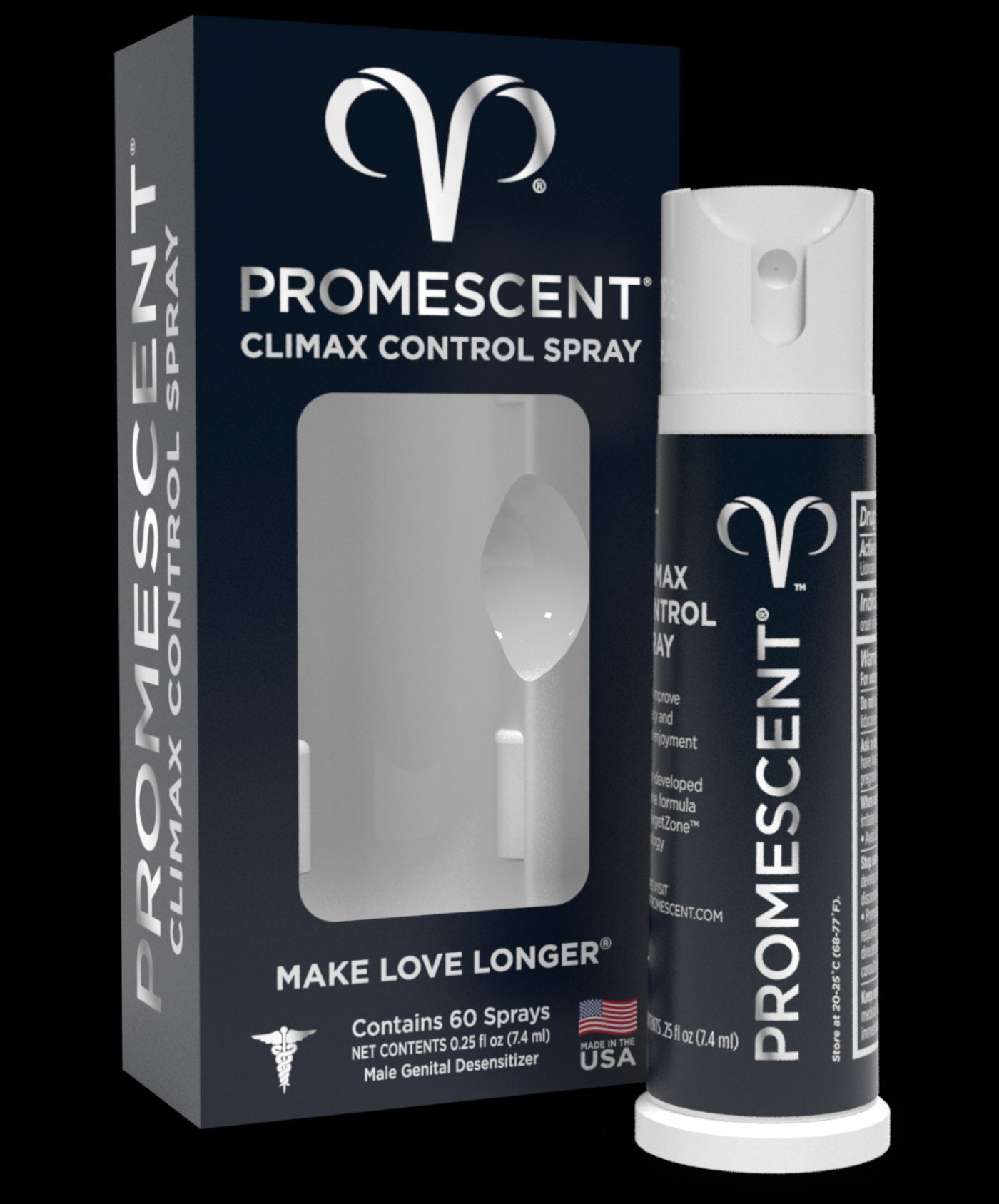 At the same time, there are a large number of older men in whom a decrease in testosterone in the body is not accompanied by the appearance of any symptoms, osteoporosis or changes in cognitive functions, in rare cases, these symptoms of a gradually approaching male menopause occur in 30-year-old men. However, one of the most compelling observations is that as age increases, the prevalence of a large number of diseases associated with a decrease in testosterone levels increases.
At the same time, there are a large number of older men in whom a decrease in testosterone in the body is not accompanied by the appearance of any symptoms, osteoporosis or changes in cognitive functions, in rare cases, these symptoms of a gradually approaching male menopause occur in 30-year-old men. However, one of the most compelling observations is that as age increases, the prevalence of a large number of diseases associated with a decrease in testosterone levels increases.
Recently, steps have been taken to redefine the phase of the life cycle in which middle-aged men find themselves. The following definitions have been proposed: “Partial Androgen Deficiency in Older Males” (PADAM) and “Partial Testosterone Deficiency in Older Males” (PITAM). Adding the word “partial” to the description of this type of deficiency allows for a more precise definition that is understandable from a laboratory chemistry point of view, but with few exceptions, the relationship between low androgen levels and the presence of obvious symptoms has not been established.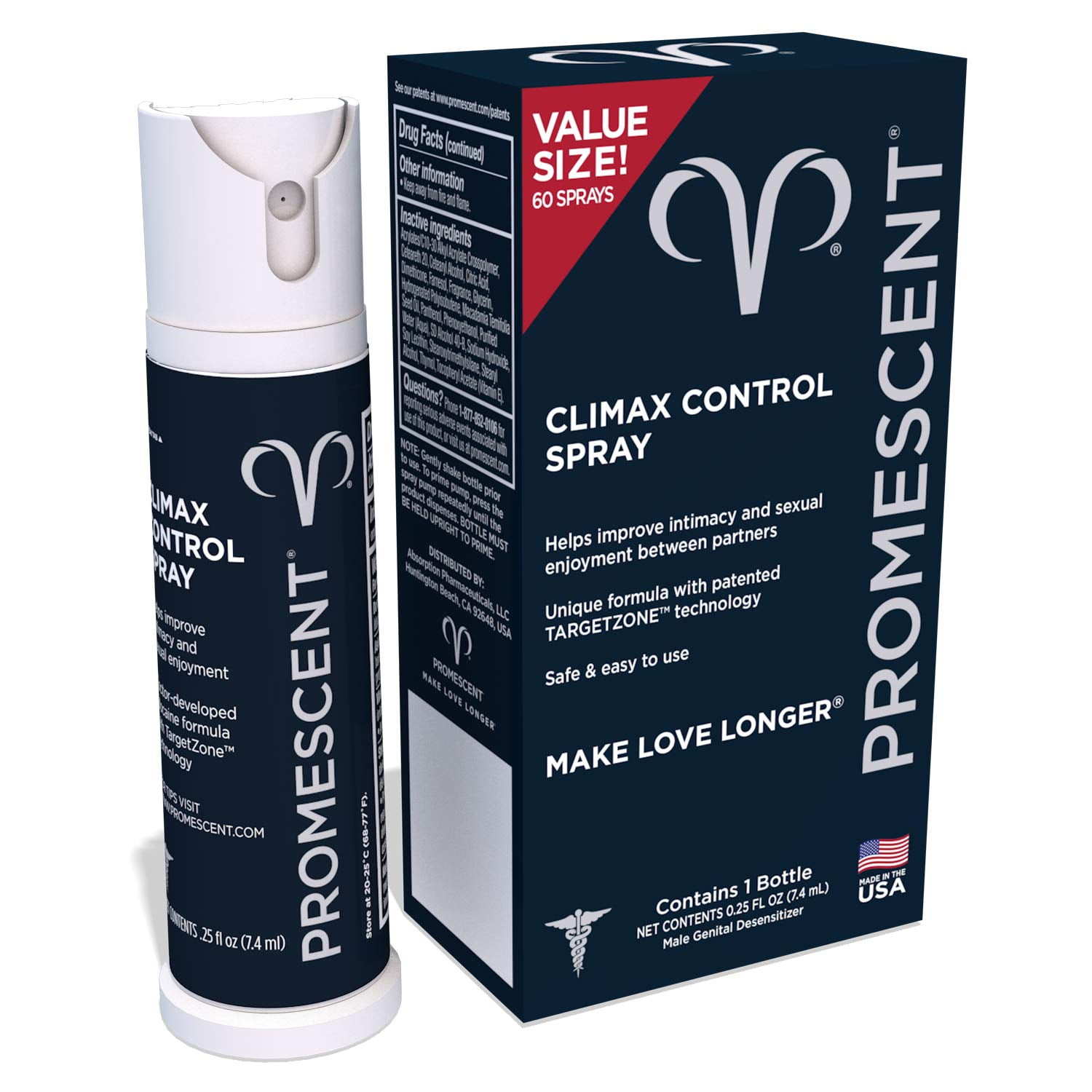 G. Lungmayr says that “the term UTLM is certainly more appropriate to describe this condition, as it is a more comprehensive term. All of these broader definitions simply describe the decrease in androgen levels in forty-year-old men compared to twenty-year-olds. However, they are not suitable for to indicate the level at which the condition of men can be defined as hypoandrogenism, and at which treatment is really needed. N. Vogt considers these new definitions “very unfortunate”, since they pay even more attention to the values of laboratory parameters, and not at all to the individual, on the diagnosis and treatment of which all efforts should be concentrated.
G. Lungmayr says that “the term UTLM is certainly more appropriate to describe this condition, as it is a more comprehensive term. All of these broader definitions simply describe the decrease in androgen levels in forty-year-old men compared to twenty-year-olds. However, they are not suitable for to indicate the level at which the condition of men can be defined as hypoandrogenism, and at which treatment is really needed. N. Vogt considers these new definitions “very unfortunate”, since they pay even more attention to the values of laboratory parameters, and not at all to the individual, on the diagnosis and treatment of which all efforts should be concentrated.
Thus, specialists need to decide two questions, namely: whether treatment is required for androgen deficiency, established by laboratory methods, but not accompanied by any symptoms, and whether changes in behavior, the appearance of which is not caused by androgen deficiency, should be treated. It is expected that large studies on androgen deficiency will be able to answer these questions and help establish both indications for treatment and therapeutic approaches.
One such study, led by Professors G. Lungmayr and J. Frick from Salzburg, is being carried out with the participation of several medical centers in Germany, Switzerland and Austria. The purpose of this study is to decide whether treatment is necessary for testosterone deficiency, and if so, how severe. However, the recruitment of patients for participation in the study has already proved to be much more difficult than the most pessimistic forecasts suggested. Can lr! consider older men too hormonally healthy?
H. Vogt rejects this suggestion: “I don’t think this is a satisfactory definition of health. What about men who experience stress after retirement? They don’t have androgen deficiency but have all the symptoms of female menopause, or classic andropause, ranging from sweating and sleep disturbances to increased irritability.Should we announce to them that they are healthy and send them home?Naturally, they have every right to expect that doctors will conduct a conscientious and thorough examination aimed at eliminating them fears and problem solving.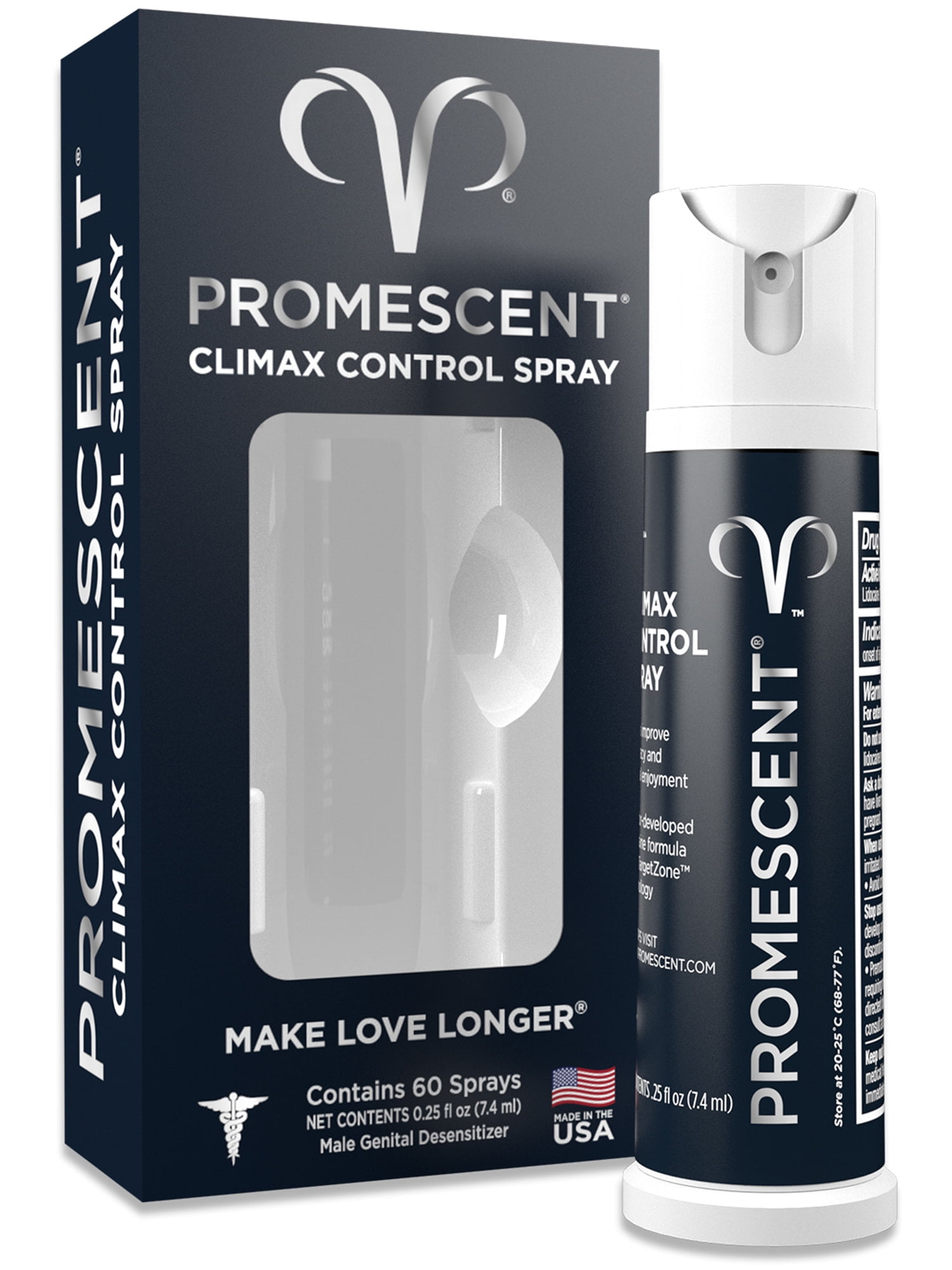 Of course, it would be wrong to say that in these cases hormones should be started immediately, although a testosterone cycle may be the most suitable measure aimed at a temporary solution to problems, or the first stage of treatment for libido disorders.
Of course, it would be wrong to say that in these cases hormones should be started immediately, although a testosterone cycle may be the most suitable measure aimed at a temporary solution to problems, or the first stage of treatment for libido disorders.
The main questions to be solved are: what condition, taking into account clinical symptoms and endocrinological parameters, should be defined as ANIM? Are there any indications for prescribing drugs, and if so, what are they? And when should you start prescribing these drugs? And finally, what are the benefits associated with such treatment and what are the risks associated with it? With regard to diagnostic tests that should be carried out in case of suspected PUTI syndrome, G. Lungmayr singled out the determination of the level of testosterone in the blood serum, and, if necessary, the determination of the level of free testosterone, prostate antigen (APZH, PSA), lipid levels, palpation of the prostate gland and, in the case of the appointment of androgens, a closer examination of the prostate gland and determination of the concentration of APZH.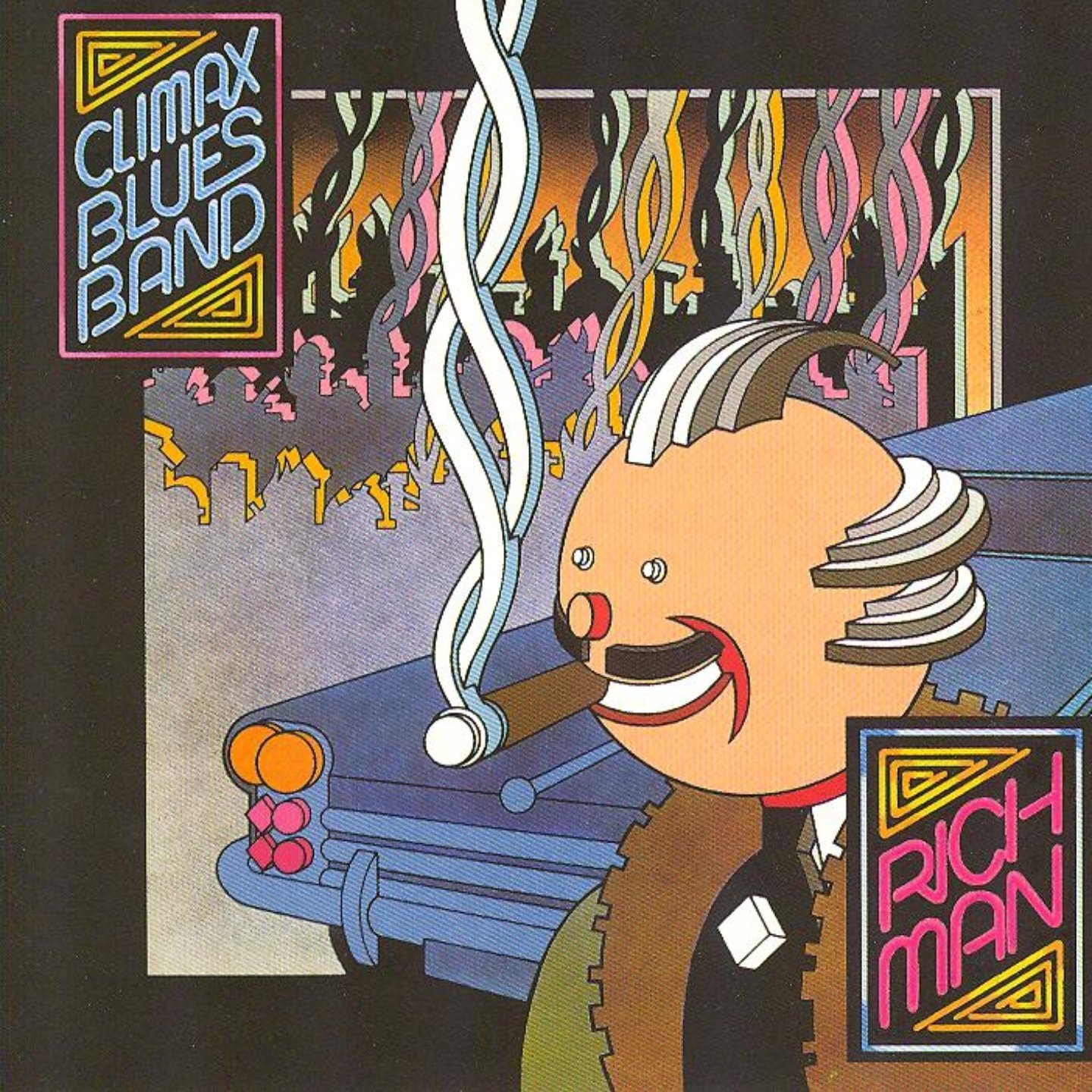 Moreover, he recommends an ultrasound examination. Prof. H. Vogt recommends that an additional test for the content of luteinizing hormone (in combination with the determination of testosterone levels) be prescribed, except in cases where the patient is obese. It seems that there are very few patients suffering from true UTLI, at least in Austria, and severe cases with severe clinical signs are extremely rare. Perhaps the reason for this is that men with sleep disturbances, irritability, and night sweats do not always immediately go to a urologist (andrologist), but first go to their general practitioners, who may not refer them to testosterone levels.
Moreover, he recommends an ultrasound examination. Prof. H. Vogt recommends that an additional test for the content of luteinizing hormone (in combination with the determination of testosterone levels) be prescribed, except in cases where the patient is obese. It seems that there are very few patients suffering from true UTLI, at least in Austria, and severe cases with severe clinical signs are extremely rare. Perhaps the reason for this is that men with sleep disturbances, irritability, and night sweats do not always immediately go to a urologist (andrologist), but first go to their general practitioners, who may not refer them to testosterone levels.
Expressing his views on hormone supplementation, G. Lungmayr said: “I am not in favor of unconditional androgen administration in older men with reduced testosterone production due to the effect these hormones have on the pituitary gland. Exogenous intervention can limit endogenous production androgens. This is exactly what happens when, after the appointment of androgens, there is no obvious increase in the concentration of androgens in the blood serum.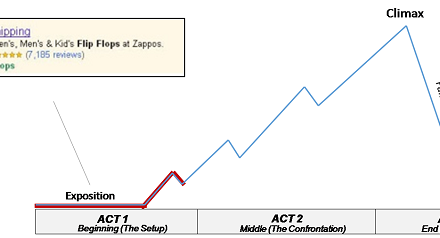 ” Prof. H. Vogt added: “When deciding on hormone therapy, regardless of what caused such a need, first of all, it is necessary to evaluate the appropriateness of such treatment, guided by the patient’s history, and then proceed to compare this method with other therapeutic approaches.”
” Prof. H. Vogt added: “When deciding on hormone therapy, regardless of what caused such a need, first of all, it is necessary to evaluate the appropriateness of such treatment, guided by the patient’s history, and then proceed to compare this method with other therapeutic approaches.”
The concept of androgen replacement therapy for older men is still in its infancy. In this situation, androgen preparations, which are currently prescribed for the treatment of patients with hypogonadism or after castration, can be used. These drugs can be given orally or as an intramuscular injection, although there are also transdermal systems available in the form of a patch that patients attach to the scrotum. Testosterone is considered the most effective androgen, the action of which on target organs is carried out directly or through dehydrotestosterone (DHT, DHT). However, another testosterone derivative can be used, which may have a less pronounced stimulating effect on the prostate gland.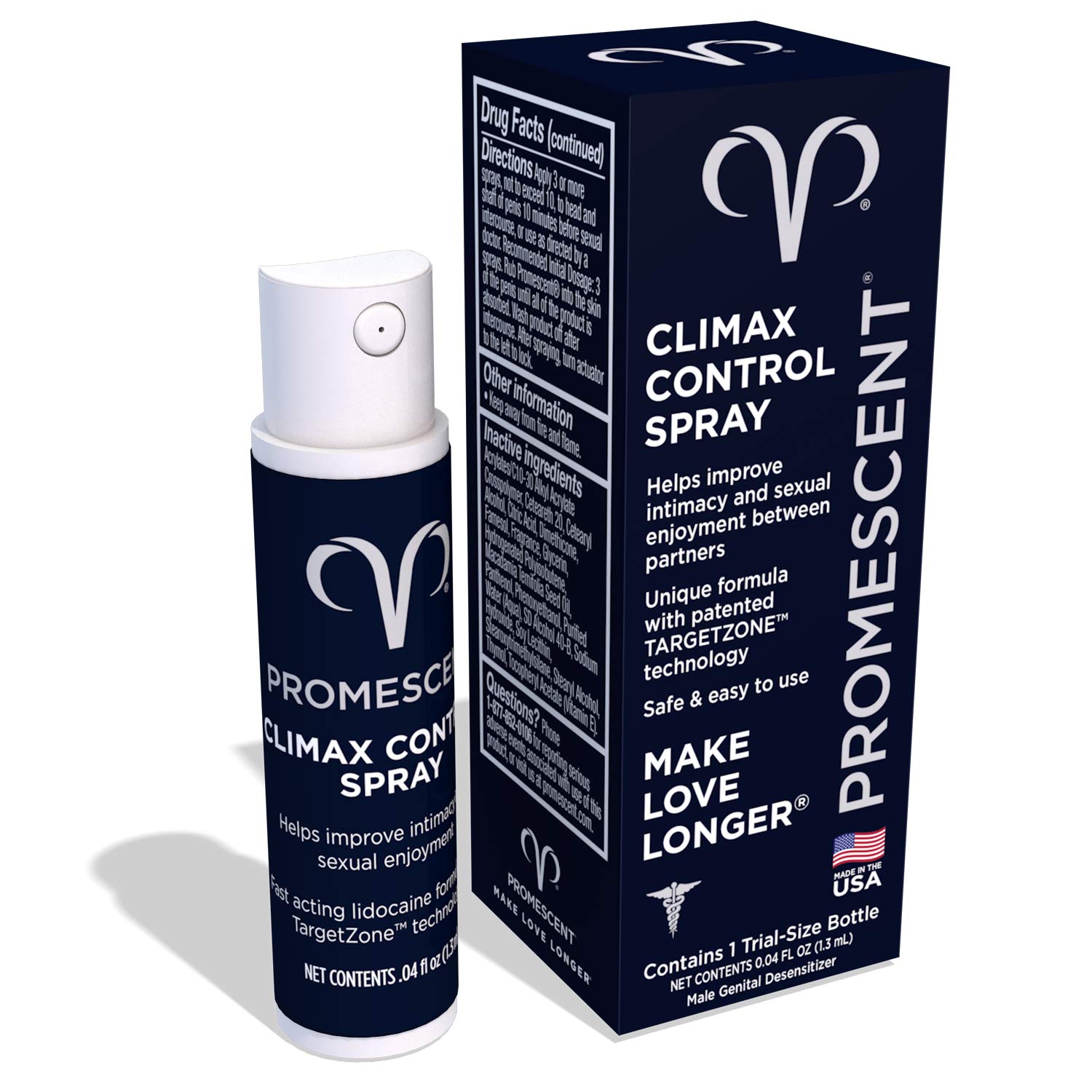 Increasing importance is being given to dehydroepiandrosterone (DHEA, DHEA), according to prof. G. Lungmayr, however, the results obtained in the trials of this drug are still contradictory. Therefore, in the near future, the use of replacement therapy with DHEA in everyday clinical practice is not expected. At present, we do not have sufficient knowledge of the role played in the male body by other steroidal sex hormones, such as estrogen, to consider them as prospective replacement therapy. So, at present, the attention of specialists is focused on testosterone. To some extent, this is due to the fact that specialists are well aware of the specific symptoms of testosterone deficiency that develop in patients undergoing orchiectomy.
Increasing importance is being given to dehydroepiandrosterone (DHEA, DHEA), according to prof. G. Lungmayr, however, the results obtained in the trials of this drug are still contradictory. Therefore, in the near future, the use of replacement therapy with DHEA in everyday clinical practice is not expected. At present, we do not have sufficient knowledge of the role played in the male body by other steroidal sex hormones, such as estrogen, to consider them as prospective replacement therapy. So, at present, the attention of specialists is focused on testosterone. To some extent, this is due to the fact that specialists are well aware of the specific symptoms of testosterone deficiency that develop in patients undergoing orchiectomy.
Several studies have been conducted in the United States comparing the benefits of testosterone therapy with the risks associated with it. It is now believed that the main danger is associated with stimulation of the prostate gland and complications from the cardiovascular system resulting from the effect of testosterone on lipid metabolism. According to prof. G. Lungmayr, “There is no doubt that testosterone can stimulate the prostate. If you induce apoptosis of carcinoma by prescribing gonadotropin-releasing hormone antagonists, the content of APZH will fall. This is tantamount to a complete blockade of testosterone. If you then stop therapy, this will lead to the resumption of the production of endogenous testosterone, as a result of which the level of APJ will also increase. As a rule, latent or preclinical prostate carcinoma cannot be detected by fluorescent analysis. Therefore, many physicians may not be willing to take the risks associated with androgen (testosterone) replacement therapy, which can stimulate the growth of prostate cells or carcinoma. 9Prof. G. Lungmayr said: “To my knowledge, this risk cannot be considered fully and clearly established. Until this is done, we as scientists cannot make any general recommendations for the use of testosterone therapy in daily practice. Therefore, for now we should wait for the results controlled clinical trials conducted under typical and appropriately defined conditions.
According to prof. G. Lungmayr, “There is no doubt that testosterone can stimulate the prostate. If you induce apoptosis of carcinoma by prescribing gonadotropin-releasing hormone antagonists, the content of APZH will fall. This is tantamount to a complete blockade of testosterone. If you then stop therapy, this will lead to the resumption of the production of endogenous testosterone, as a result of which the level of APJ will also increase. As a rule, latent or preclinical prostate carcinoma cannot be detected by fluorescent analysis. Therefore, many physicians may not be willing to take the risks associated with androgen (testosterone) replacement therapy, which can stimulate the growth of prostate cells or carcinoma. 9Prof. G. Lungmayr said: “To my knowledge, this risk cannot be considered fully and clearly established. Until this is done, we as scientists cannot make any general recommendations for the use of testosterone therapy in daily practice. Therefore, for now we should wait for the results controlled clinical trials conducted under typical and appropriately defined conditions.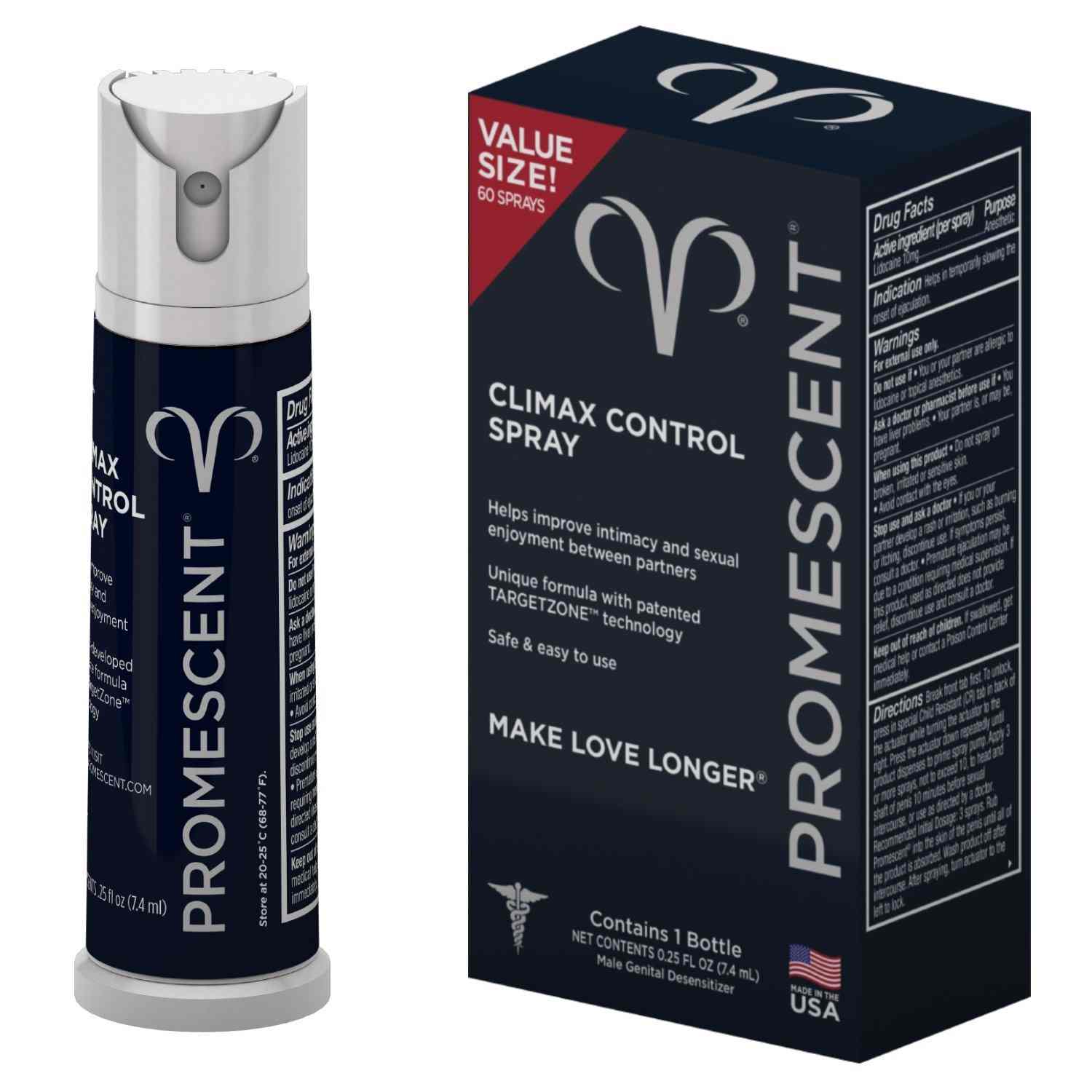



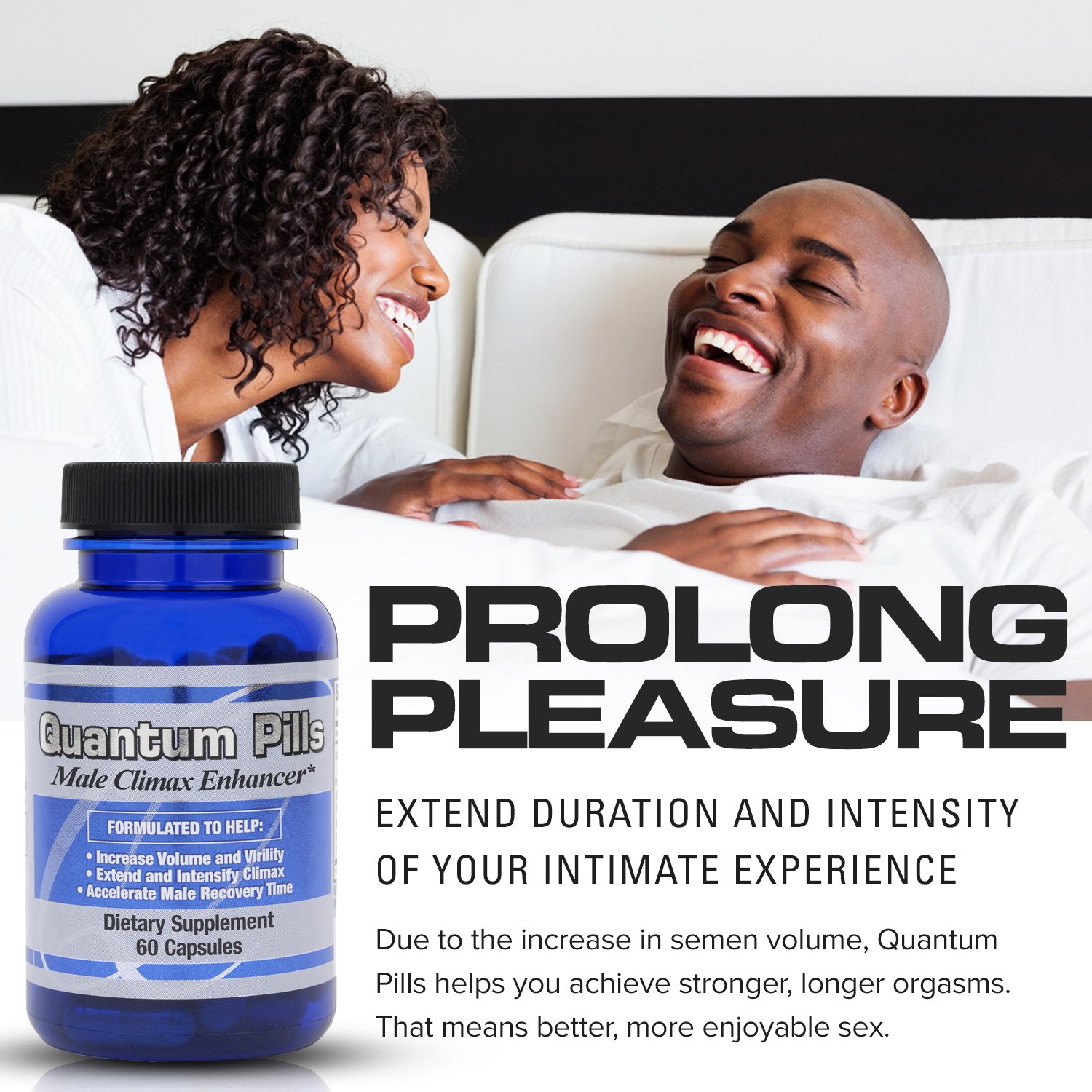 The main symptom is a regular inability to control ejaculation for more than a minute after penetration. Psychological factors, certain medications, and hormonal imbalances can cause it.
The main symptom is a regular inability to control ejaculation for more than a minute after penetration. Psychological factors, certain medications, and hormonal imbalances can cause it. It can be hard to get aroused enough to have an orgasm if you’re dealing with stress, anxiety, or depression. Fatigue, trouble concentrating, and feeling sad or overwhelmed are common symptoms.
It can be hard to get aroused enough to have an orgasm if you’re dealing with stress, anxiety, or depression. Fatigue, trouble concentrating, and feeling sad or overwhelmed are common symptoms.